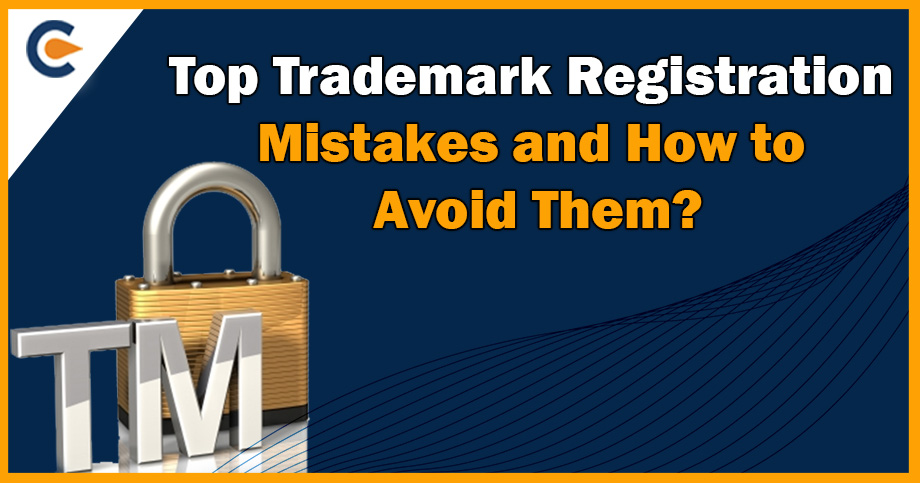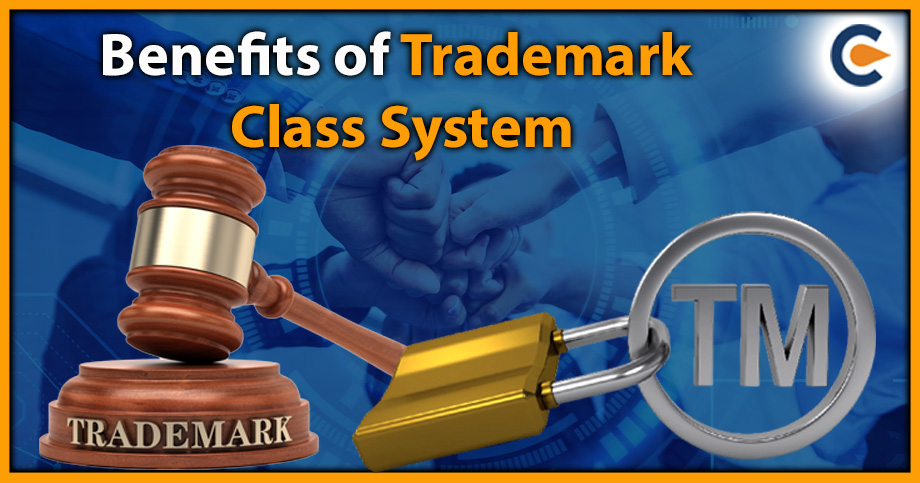Any individual or business that wants to protect its intellectual property and brand must have first register the trademark. The procedure for registering the trademark can be complex and lengthy, and even the slightest mistake can result in costly consequences in the future. Understanding these Trademark Registration mistakes will help in guaranteeing a successful trademark registration, regardless of whether you are a first-time business owner or an experienced entrepreneur. In this blog, we will discuss Trademark Registration mistakes and how to avoid them.
Some Common Trademark Registration Mistakes
Following are some important common Trademark Registration Mistakes that you should avoid:
- Not Conducting a Proper Trademark Search
This is one of the most common Trademark Registration Mistakes. Many individuals and businesses make the mistake of neglecting to carry out a proper trademark search before registering the trademark. This mistake can be expensive and time-consuming and can lead to a trademark application being denied. Protecting the brand and business identity requires trademark registration. However, many entrepreneurs still make the mistake of not searching for the trademark before applying for the trademark registration. If the trademark is applied for registration without going through a trademark search, it can lead to legal disputes or even the loss of losing the trademark entirely.
A trademark search means looking for already registered trademarks to make sure the one you want is open for use. It might be a daunting task to go through a trademark search, but it is necessary to prevent conflicts with the already registered marks. Without doing a thorough search, you can run the risk of infringing someone else’s trademark, which could lead to legal battles and losses.
- Choosing Wrong Trademark Class
Trademark classes are the categories used to classify the goods or services. The most often used distinction between the goods or services is the NICE Classification[1]. In the trademark application form, a business must provide a comprehensive description of the goods or services for which they are applying for the trademark. Selecting the wrong trademark class can lead to the application being denied for registration or even invalidated in future. The applicant will have to submit a new application. This could be detrimental to the business, resulting in unnecessary time and money waste.
A trademark agent or attorney, or another expert should be consulted to ensure that the trademark is adequately categorized in order to prevent making this error. To choose the proper class, you should think about the nature of your products or services as well as how they are used or sold.
- Selecting a Weak or Descriptive Trademark
Several businesses make this mistake when registering their trademark. Businesses tend to choose a weak or descriptive mark while selecting the trademark for their business. While these kinds of trademarks seem like an easy and safe option, they might hurt the brand in the long run. Using generic or widely used terms to describe the goods or services being offered constitutes a weak and descriptive trademark.
The trademark owner will not be able to then stop others from using similar names. For instance, if one business wants to own a trademark “Fruit Juice Company”, this business deals with selling fruit juice. In these circumstances, the business owner cannot prohibit others from using the words fruit or juice as both of them are generic words. Choosing a weak and descriptive mark can appear to be a safe option as it might be simple to register it. These marks, however, provide little protection and might be challenging to enforce.
Selecting a strong trademark will offer more security and make the business stand out in a competitive market. Strong trademarks are distinctive, easy to remember and are not descriptive of the product or service being sold. It is crucial to consider the strength of the mark at the time of selecting it. As a strong trademark can help in building brand recognition and value, while a weak trademark can hinder the business’s growth and success.
- Inaccurate or Incomplete Application for Trademark Registration
The application procedure for the trademarks may be complex, and submitting an incomplete or inaccurate application for trademark registration could lead to the claim being rejected. Make sure that the trademark application is thorough and accurate; consulting a trademark agent or an intellectual property lawyer can help. The applicant has to make sure that they submit all the necessary information accurately and completely.
- Failing to Use and Monitor the Registered Trademark Properly
Failing to use the trademark can be a very costly mistake for any business. Once your trademark has been properly registered, it is crucial to use it in business activities. Monitoring your trademark entails regularly looking for any unlawful uses of it. This involves keeping an eye out for the imitation goods, unlawful trademark usage by competitors, or any other violations of your trademark rights. Failure to use and monitor the registered trademark can lead to financial loss, harm to the reputation of the business and the owner and legal disputes.
It is the trademark owner’s duty to safeguard the trademark and keep others from using it without consent. Regular monitoring and use of the registered trademark are essential to spot the potential violation as early as possible and take the required precautions to protect the trademark. Failing to use and monitor can have serious repercussions. The trademark, if not used and monitored regularly, it can lose its distinctiveness, leading to confusion among the consumers. Sometimes the competitors can use a similar trademark deliberately, leading to market and revenue loss.
- Delaying the Trademark Registration Process
This is also one of the common Trademark Registration mistakes. Delaying the process of trademark registration is one of the most common mistakes made by the businesses. Even if it is a small matter, postponing the registration process might have severe consequences for the business.
First and foremost, it is critical to understand the trademark registration process. A trademark must be registered with the relevant government agency, which is the Trademark Registry in this case; this is known as trademark registration. This process can take several months or even years in some circumstances. To prevent any delays, it is essential to begin the process as soon as possible. The importance of timely registration of trademarks can be attributed to various factors. Fast trademark registration can help secure legal ownership of your business name or logo.
Also, it aids in protecting the business from possible legal issues or third-party infringement claims. Timely registration can help you avoid losing out on potential business opportunities. Delaying the registration increases the likelihood that another business may register a trademark identical or similar to yours, which might confuse the consumers and damage the reputation of the owner and the business. This also results in decreased sales. If the trademark is not registered within a certain period, you may lose your right to do so.
Conclusion
Trademark registration is a crucial step for any business that wants to protect its brand identification and avoid any legal disputes. Yet there are a lot of businesses that make mistakes throughout the registration procedure of trademarks, which leads to having severe implications. Some typical mistakes should be avoided, which include failing to do a trademark search, selecting the wrong trademark class, choosing a weak or descriptive mark for your trademark, misusing the trademark, delaying the registration process or neglecting to use the trademark after it is registered. It is significant to note that trademark rules and regulations for registration procedures can vary from country to country, so it is advised that the business should consult a qualified legal professional who can help them through this whole process and makes sure that the above mentioned mistakes are not made. Through this, businesses can properly establish their brands and can achieve long term success in the marketplace.
Also Read:
An Overview On Document Required For Trademark Registration
Filing Trademark Under Wrong Class: What Are Its Repercussions?
How Can You Apply For Online Trademark Registration In India?











